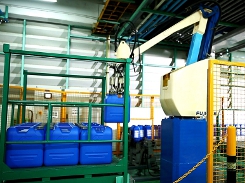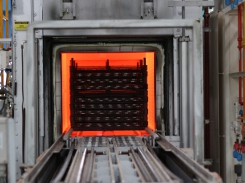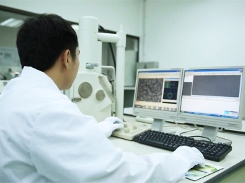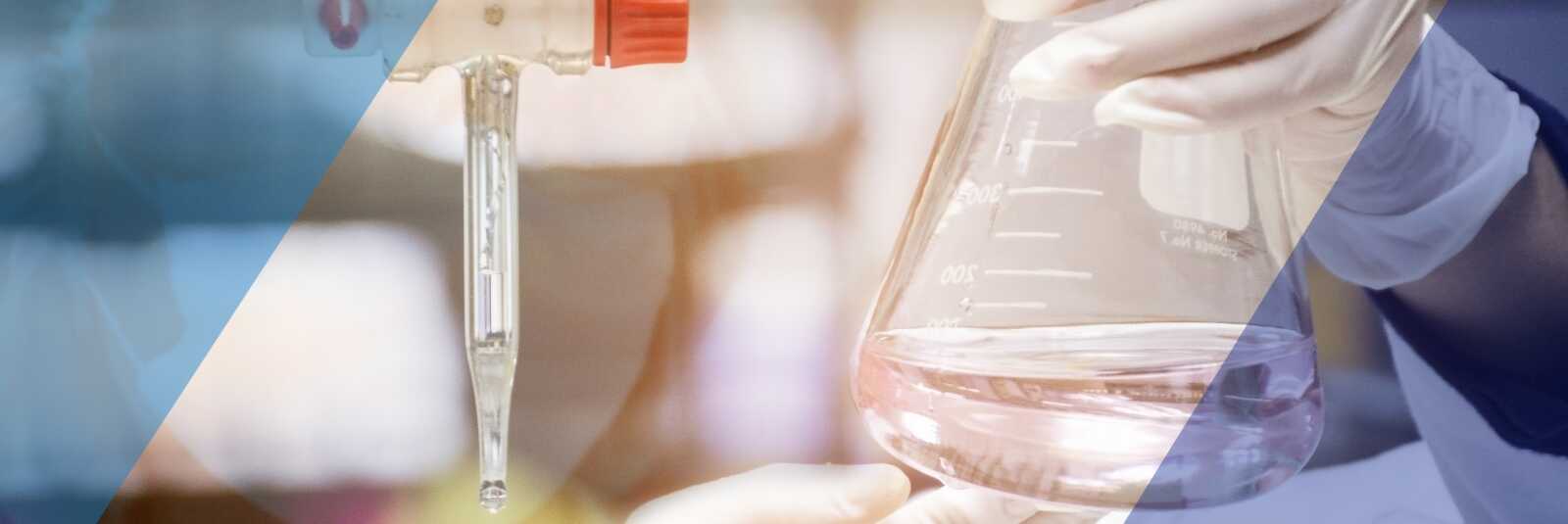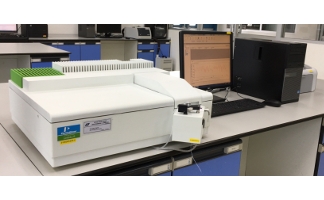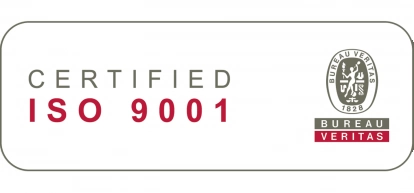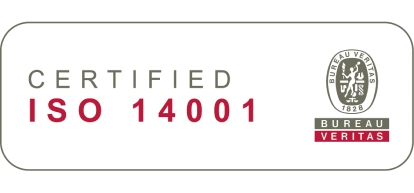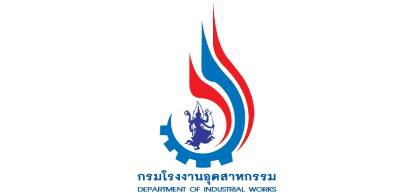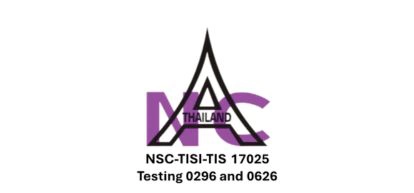- Corporate
- Chemical Products
- Chemical Controller
- Chemical for Paint Booth
- Coil Coating
- Degreasing and Cleaning chemical
- Heat&Cool exchanger (PLATECOIL)
- Hydrophilic
- Manganese Phosphate
- Nano-coating (Pallucid)
- Rolling Oil
- Rust Preventive Product
- Stearate Soap Lubricant/Dry-in-Place Lubricant (PULS)
- Trivalent Chromium/Non-Chromium
- Zinc Phosphate/Iron Phosphate
- Processing Services
- Laboratory Services
- Articles
- What's New
- Contact Us
- Privacy Policy
UV-Vis spectrometer
Detail
Ultraviolet-Visible (UV-Vis) Spectroscopy is a technique used to measure the absorbance of light in the ultraviolet and visible ranges (190-1100 nm) of the electromagnetic spectrum. The wavelength of light is related to the type of substances present in the sample, while the intensity of light correlates with the quantity of those substances.
When measuring the amount of light that passes through or is reflected from the sample and comparing it with the light from a source at various wavelengths, the principles of Beer-Lambert Law indicate that the absorbance (A) is directly related to the number of molecules of the substance that absorb light. Therefore, this technique serves as an effective tool for accurately identifying and quantifying the various substances present in the sample.
Sample Analysis Services
- Quantitative analysis: Cyanide in wastewater, Color in wastewater, Hexavalent chromium (Cr6+), Titanium (Ti), Iron (Fe)
- Qualitative analysis: Scan Lambda Max
Usage Limitations
- After preparing the solution, it must be clear, without turbidity, sediment, or separation.


